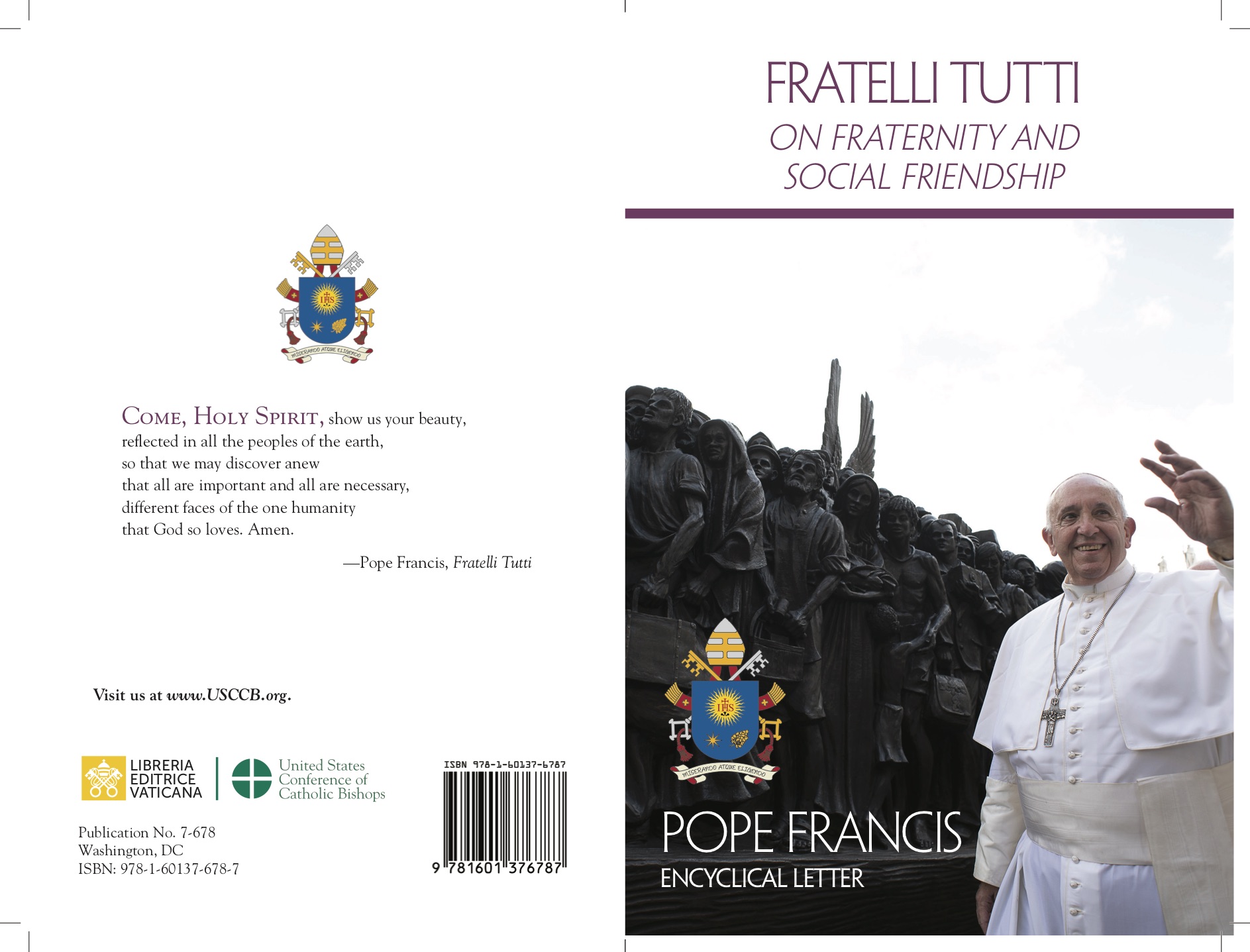
Margherita Lotti -whose name appears in history as Rita- was born in Roccaporena, a Ghibelline castle in the Cascia area, probably in 1381. She was the daughter of Amata and Antonio, elderly parents who served, at the request of the town, as peacemakers. It is in this role, on this disposition to foster peace that I believe the strength that leads Rita to sainthood is based. In a time of conflict, of opposition between Guelphs and Ghibellines, the Lotti family mediates between the rival factions. They resolve disputes, and work tirelessly to break the cycles of vengeance that permeate society, where one death demands another, one murder calls for a new one, in a crescendo of violence that can lead to the destructive frenzy we are witnessing today
Raised to embrace peace, Rita practiced peace in her daily life as well. She married Paolo Mancini, a Ghibelline with a violent past, and manages to temper his character. She lives a peaceful life with him, which s further enriched by the birth of two children. Nevertheless, this serenity does not last long. Paolo is killed, possibly due to events from his past, and his family demands revenge. Rita opposes it. She forgives the murderers, asks her family to do the same, but in vain. Revenge is a deeply human practice that the Mancini family are unwilling to abandon. She then prays to God that at least her children do not commit crimes. The young ones will soon die from illness, one after another. The death of a child is the greatest pain, an inconsolable sorrow. Can death become salvation? Can the loss of a child be part of the plan of a God whose ways are inscrutable?
Rita remains steadfast in her resolutions, strengthened by the words of Christ, “Blessed are the peacemakers”, which will continue to guide her life. She entered a convent, demonstrates obedience by watering a dry vine branch, which miraculously begins to bear fruit again. When close to death, she asks a relative to pick a rose and two figs from her garden for her. It is a cold winter, and it seems impossible for roses to bloom or figs to ripen. Nevertheless, the woman goes and finds the rose and picks the figs. This final sign Rita interprets as divine assurance about the fate of her children and husband: they are safe in the Afterlife in which she has always believed.
Her hagiography is rich with other miraculous signs, white bees that hover around her cradle, black bees that accompany her passing, and countless miracles too. There are so many that people acclaim her as the Saint of the Impossible.
A saint, indeed. A saint of peace, this is how I especially like to remember her. Despite being touched by violence, she continued to oppose it, while practicing forgiveness in her pursuit of peace. This is the essential peace that is absent in our time of burning conflicts, arms races, cities reduced to rubble, violated rights, and countless deaths.
She passed away in 1457, on May 22, which has since become the day of her liturgical feast.
by Tea Ranno
A writer




 Purchase the Encyclical here Fratelli Tutti
Purchase the Encyclical here Fratelli Tutti